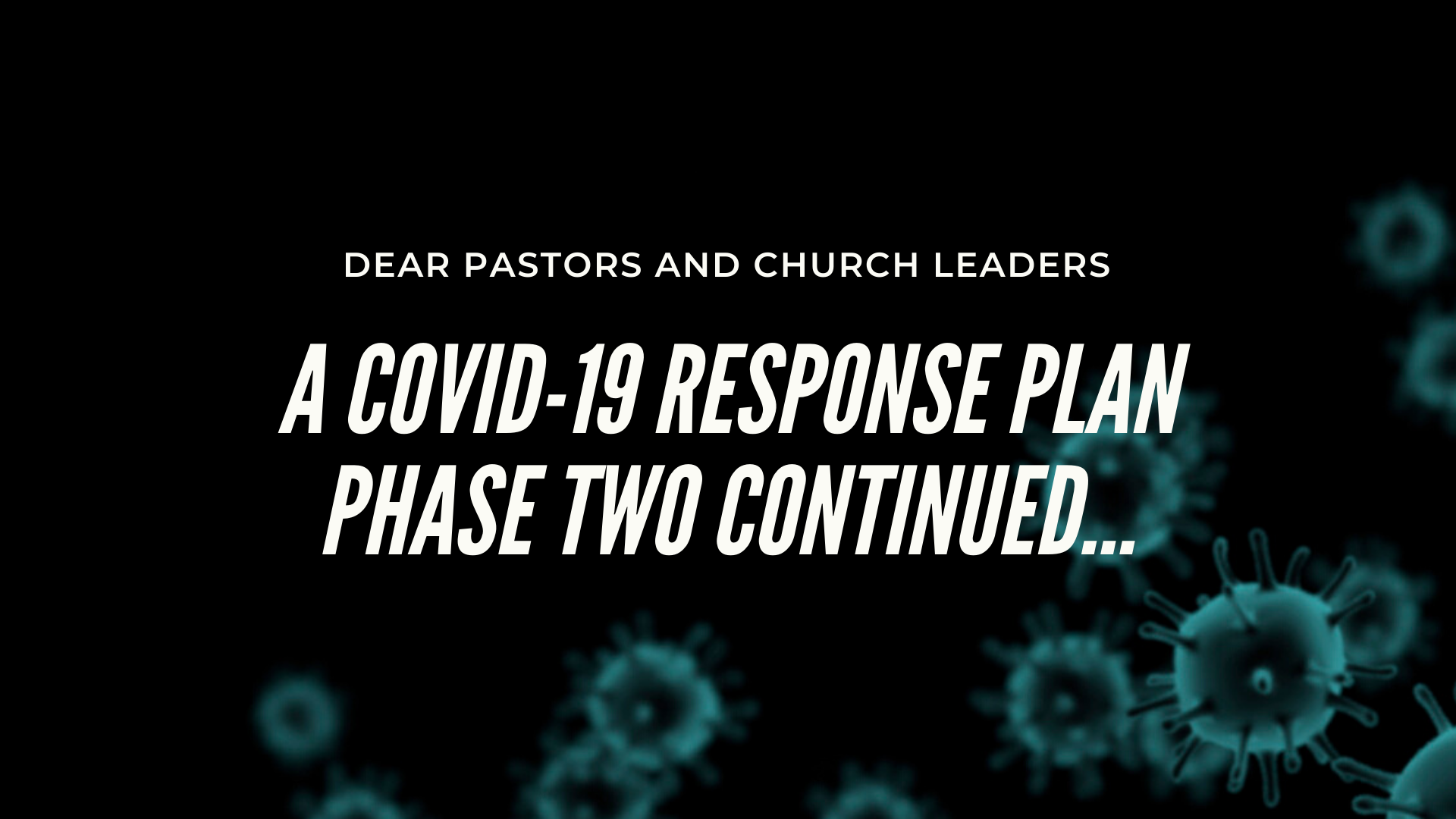Covid-19 has changed everything. Some of these changes will be temporary and some will be permanent, we just have no idea which is which. In previous posts, I have been sharing about different phases in the church’s response to Covid-19 and I want to share, over the next few posts, several important (and undervalued) focuses for the church in her response during our extended stay in Phase Two (our new online, temporary-ish, socially-distanced normal).
Covid-19 hit at a unique time in history. It struck while we were already in a tsunami of content. Between books, videos, vlogs, YouTube channels, movies, tv-series, streaming services, podcasts, and now online church services, there are more options than ever clamouring for people’s attention.
Additionally, it struck in the midst of a universally recognized disciple-making crisis. In my opinion, one of the many reasons for this crisis is our obsession with content as the perceived answer to making disciples, as if to suggest that more sermons, Bible studies, podcasts, preaching videos and books will solve the crisis at hand.
I say all of this to point out the rather large polka-dotted elephant in the ZOOM breakout room. As we shifted to online ministry, we all did what we do best, even if we all recognize it as part of the problem. We created more content!
Don’t get me wrong, there is nothing wrong with content (specifically contextual content), but more content was not the answer to the discipleship crisis in a pre-Covid-19 world, and it definitely won’t be the answer in a post-Covid-19 world.
This is where we need to pivot.
I believe the most fertile place for growth in the church and our disciple-making is in Christ-centered community and, during our collective social [distanced] famine, people are beginning to acknowledge their God-formed need for it.
In our new world, people have more content than they have time to consume. And, if you are competing in the content game, people will always find a better product. However, if you help people engage with Christ-centered community, people will begin to thrive and grow in their relationship with Jesus and each other.
Thus, the greatest opportunity of this season is not online attractional viewers! That is the low hanging fruit that everyone is celebrating but it will not stay ripe for long. Inevitability, online consumer-driven curiosity (the initial uptake of online spectators) will wane into complacency if it isn’t paired with true community and engagement.
In the church I serve (westlifechurch.ca) we are intentionally making this pivot. We do this through our Westlife Groups but however your church fosters community, this is where to focus your energy and attention. This is time to build your discipleship groups, small groups, 3D relations, mentoring, disciple-making communities, etc. Whatever methodology you choose, the churches that thrive in (and coming out of) this COVID-19 season will not be those who produce good content but those who foster healthy, growing and Christ-centered communities.
If, as the saying goes, “Content is King,” then “Community is, definitely, Queen.”
Therefore, whatever size your church is, put time, attention and resources in building Christ-centered communities where people can be known and know others, learn together, pray together and grow together. This is the future and the future is now.

